Walking for 30 minutes a day has been found to help decrease stress, enhance mood, and increase bone density, among other benefits. However, turning a stroll into a workout — and increasing calorie burn — necessitates paying attention to the route, speed, and technique. Correcting these eight walking errors increases your calorie burn and transforms your everyday walks into significant workouts.
#Mistake 1

Changing your training speed helps you burn fat as well as burn calories. According to one research, walkers who changed their pace burnt 20% more calories than those who walked at a steady tempo. According to further studies, alternating between a moderate-intensity tempo and high-intensity bursts was more successful in reducing belly fat.
The solution: To add intervals to your walk, Leslie Sansone, creator of the Walk at Home Workouts and author of “Walk Away the Pounds,” recommends starting slowly, walking at a warmup pace for two minutes, a brisk pace for the next two minutes, and then jogging for 30 seconds, and repeating the pattern for 20 minutes.
“As your body adjusts to varying speeds, it expends more energy, resulting in a higher calorie burn.”
#Mistake 2
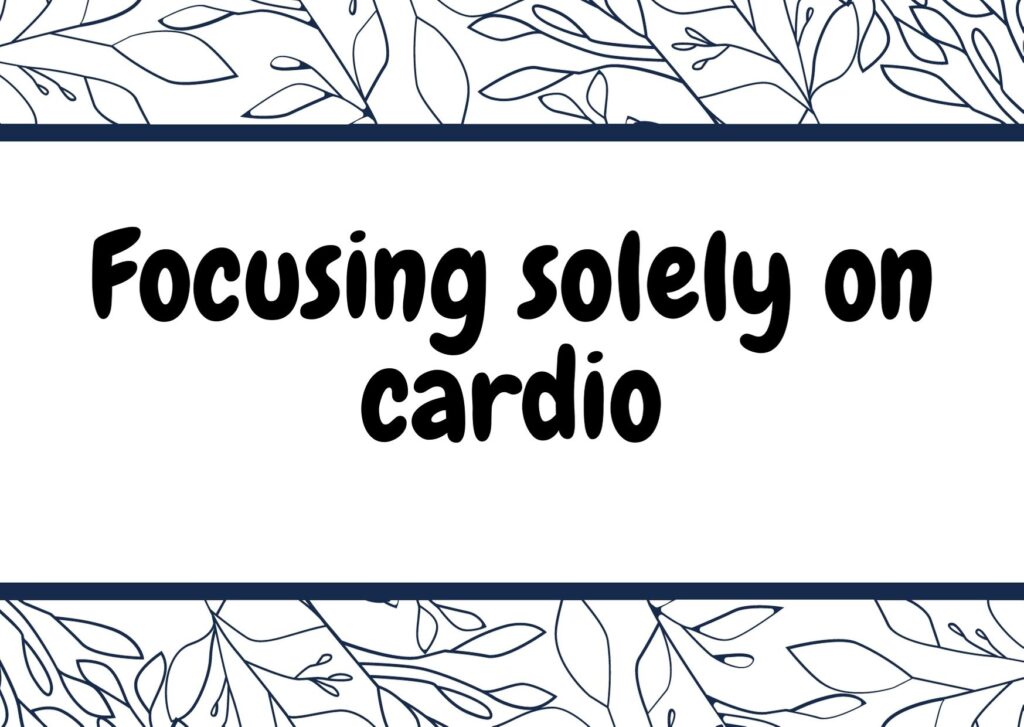
A brisk stroll is a great cardiovascular workout (60 minutes burns about 259 calories), but adding a strength-training component to your walk can help you burn even more calories.
Intervals of strength training are a good way to go. Walking for 3 minutes followed by 30 seconds of walking lunges, jump squats, jumping jacks, or other resistance exercises are recommended by Erin Nitschke, a therapeutic exercise specialist and American Council on Exercise-certified health coach.
#Mistake 3
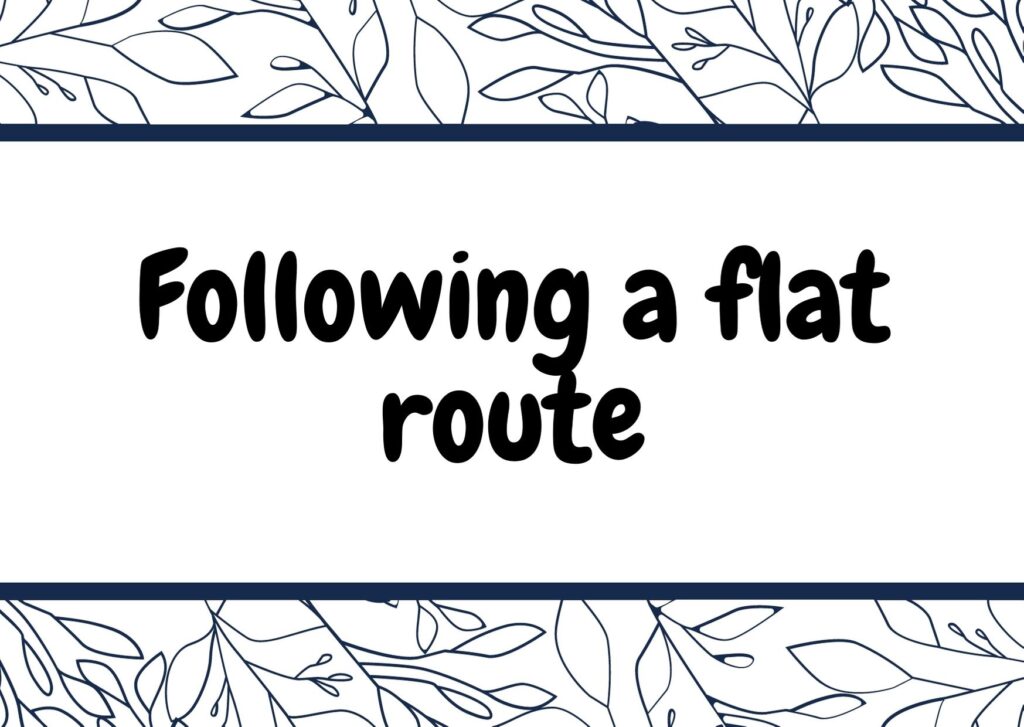
Climbing activates more muscles in the glutes and thighs, which are large muscular groups that use a lot of energy and burn a lot of calories, according to Sansone. Uneven terrain increased energy expenditure or calories burnt by as much as 30%, according to one research.
The solution:
Add additional hills or terrain diversity to your workout, such as stairs, gravel, or sand. This uses various muscle groups and can assist with balance and core strength. You may even move your workout on the treadmill to experiment with the slope if you reside in a flat area.
#Mistake 4
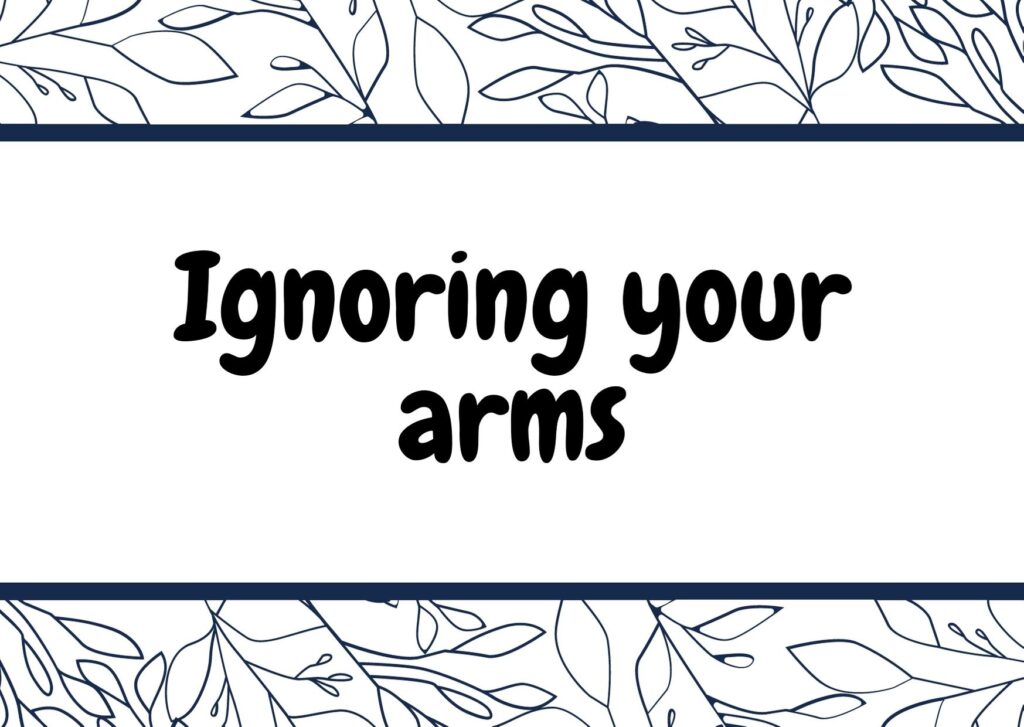
Walking is all about placing one foot in front of the other, but it doesn’t imply you should power walk with your arms at your sides. “Walking with the upper body is proper body mechanics; it’s how the body is designed to move,” Nitschke explains. “The more muscle groups you exercise while doing a workout, the more extra calories you burn.”
The fix: While walking, bend your arms 90 degrees and pump your fists into the heavens. Holding 1–3 pound hand weights while walking adds an extra difficulty.
According to the American Council on Exercise, this can increase your heart rate by up to 10 beats per minute and your oxygen intake by 5–15 percent, increasing the number of calories you burn throughout an exercise.
#Mistake 5
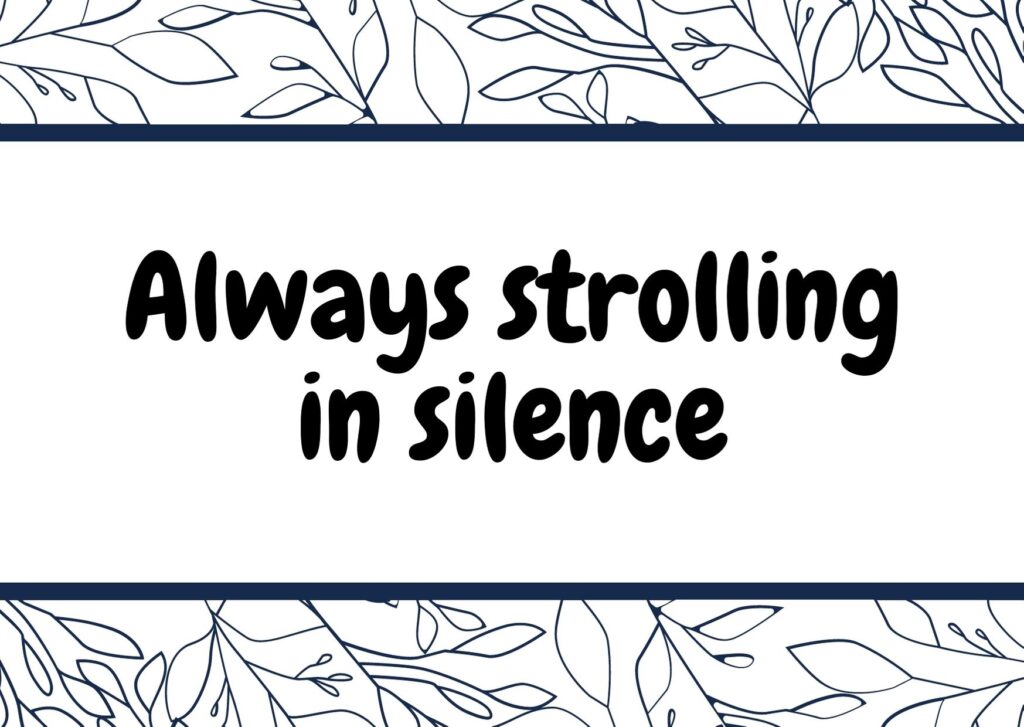
While taking silent walks while focusing on your breathing might help you relax, it can also get tedious. Change it up by listening to music, which can help you walk farther and faster, burning more calories than you would if you didn’t have lively tunes blasting through your earbuds.
The solution:
“Try matching your body to the rhythm of quicker-paced music,” says Dr. Catrine Tudor-Locke, an American College of Sports Medicine fellow and dean of the University of North Carolina at Charlotte’s College of Health and Human Services.
According to the newest research, music with a speed of 170–190 beats per minute was connected with the greatest results. Katy Perry’s “Roar,” Gloria Gaynor’s “I Will Survive,” and Aerosmith’s “Get the Lead Out” all suit the bill.
#Mistake 6

Having the proper equipment may make a significant difference in your walking exercises. “Heart rate monitors, for example, are fantastic instruments for evaluating and tracking exercise intensity.
If your heart rate falls below a certain threshold during your walk, the monitor might act as a reminder to pick up the pace or face a few hills to enhance the effort.
The solution:
Invest in a heart rate monitor. If you are doing heart rate training to measure intensity, these tools may add an element of awareness and motivate you to push yourself.
#Mistake 7

Your “trekking” poles are also excellent for walking. According to research, walkers who completed a 1-mile path with poles burnt more calories than those who walked the same route without poles.
“Using walking poles provides an additional and more exaggerated arm action that isn’t always connected with simply a regular stroll or brisk walk [and] this can assist enhance the calorie burn,” Nitschke explains.
The solution:
Include walking poles in your regimen, but be careful not to rely too much on them for stability and support. Depending on the poles, just as leaning on the edges of a treadmill during a workout can reduce the quantity of calories burned.
#Mistake 8
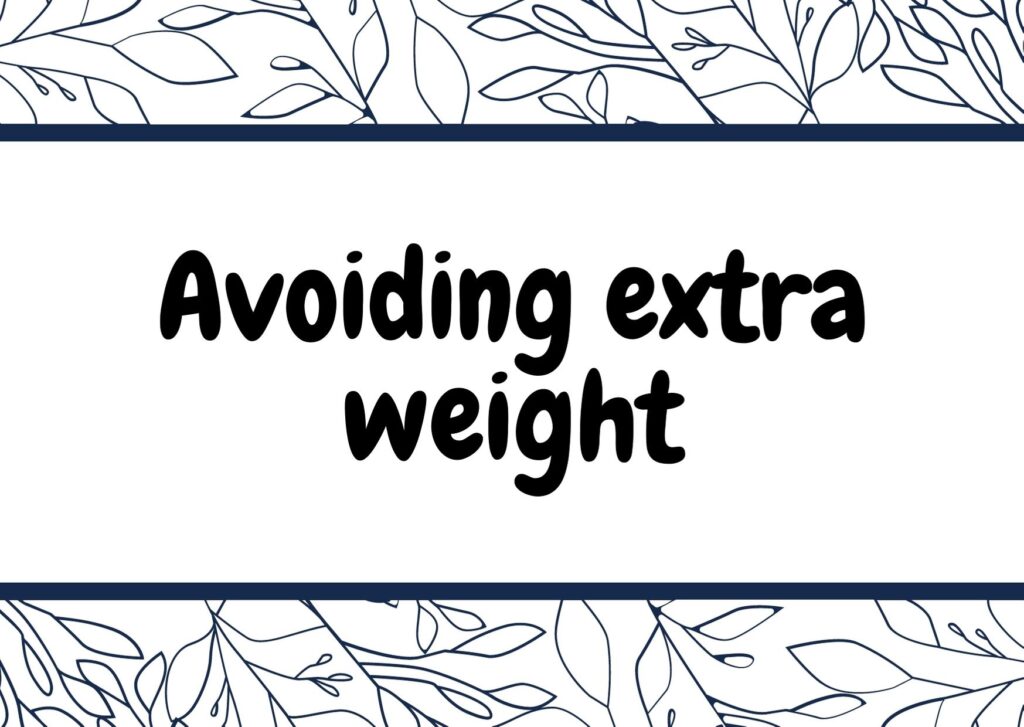
If you’re walking to reduce weight, putting on a few pounds can assist. According to one research, women who walked with a weighted vest equal to 15% of their body weight (about 22.5 pounds for a 150-pound woman) burnt 13% larger calories than women who walked without the added weights.
The solution: Consider wearing a weighted vest or backpack for added difficulty, but start slowly, suggests Tudor-Locke. You can start with less weight and gradually add more as you become used to carrying the extra weight. Another piece of advice: avoid ankle weights, which can “throw off your stride and contribute to injuries,” according to Tudor-Locke. “A-weighted clothes provide a larger calorie-burning bang and are safer.”
Make strides every day toward your fitness and dietary objectives, such as walking more steps.
Also Read : Things to Know About Aerobic Capacity And How to Improve It – V Cure (vcurehealthcare.com)





